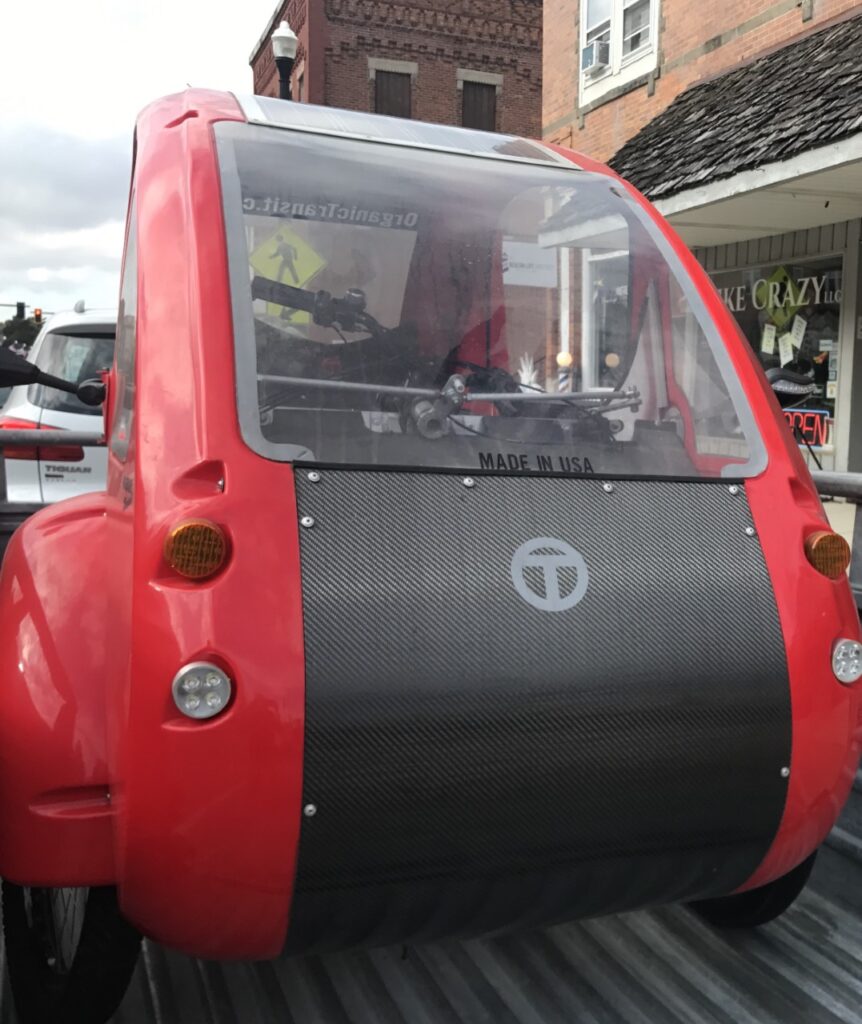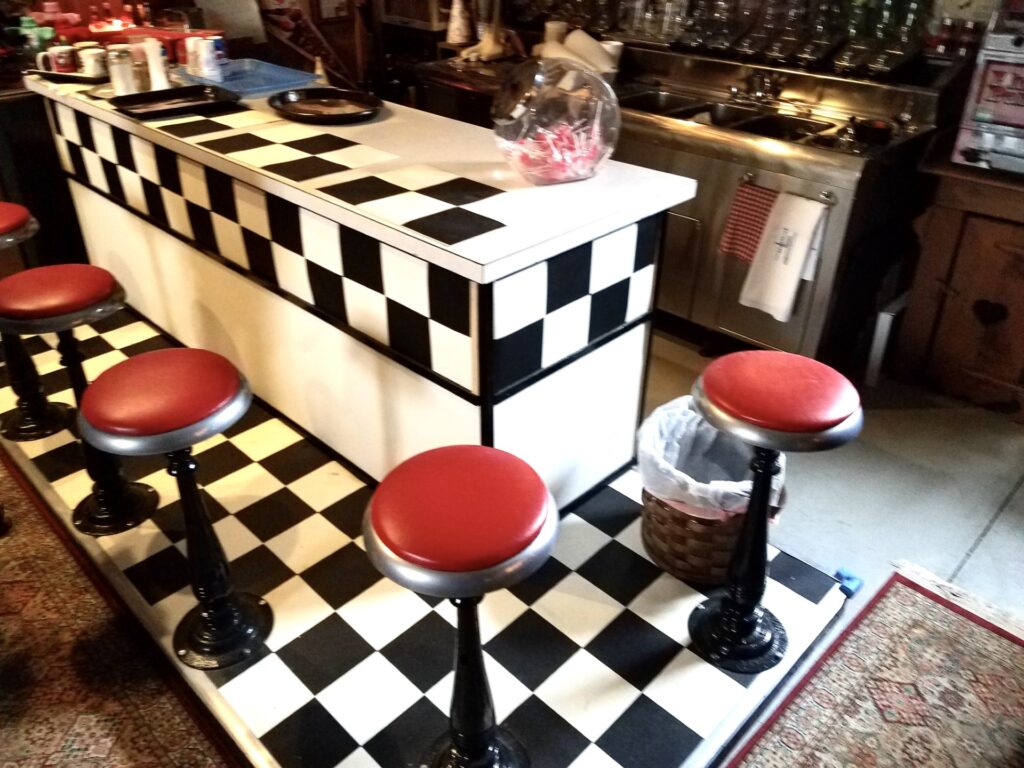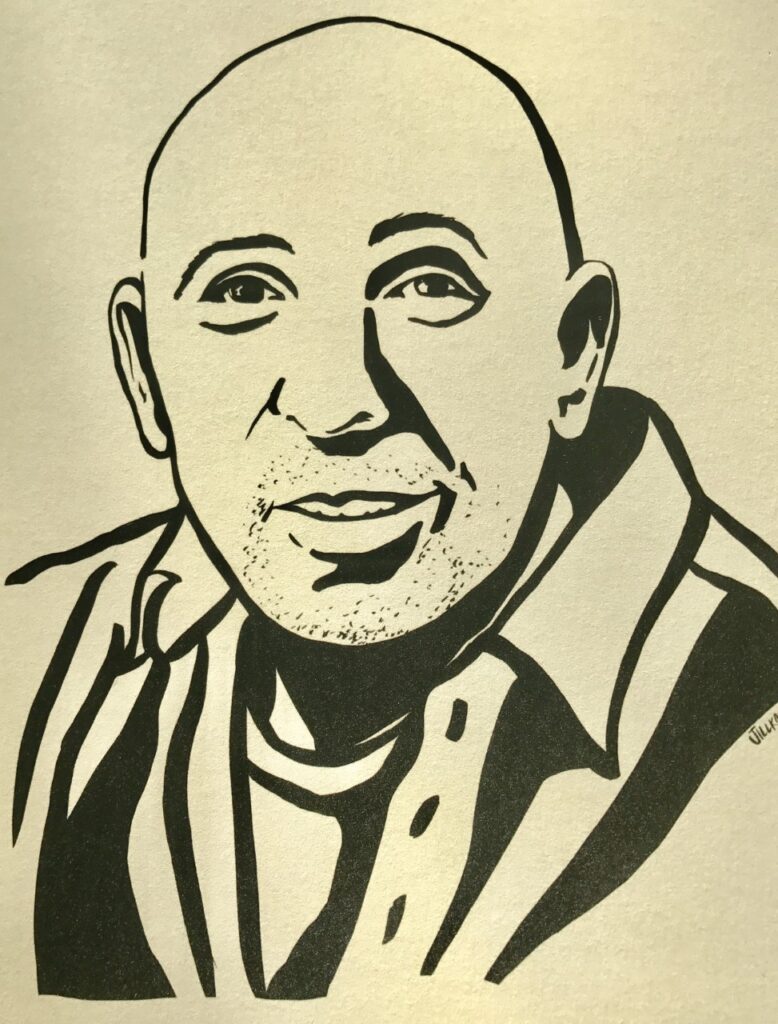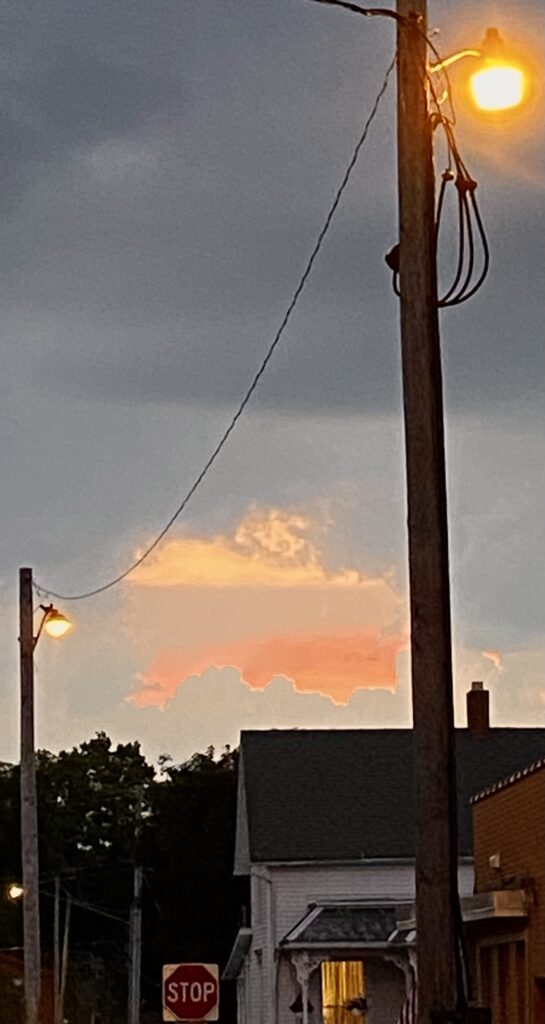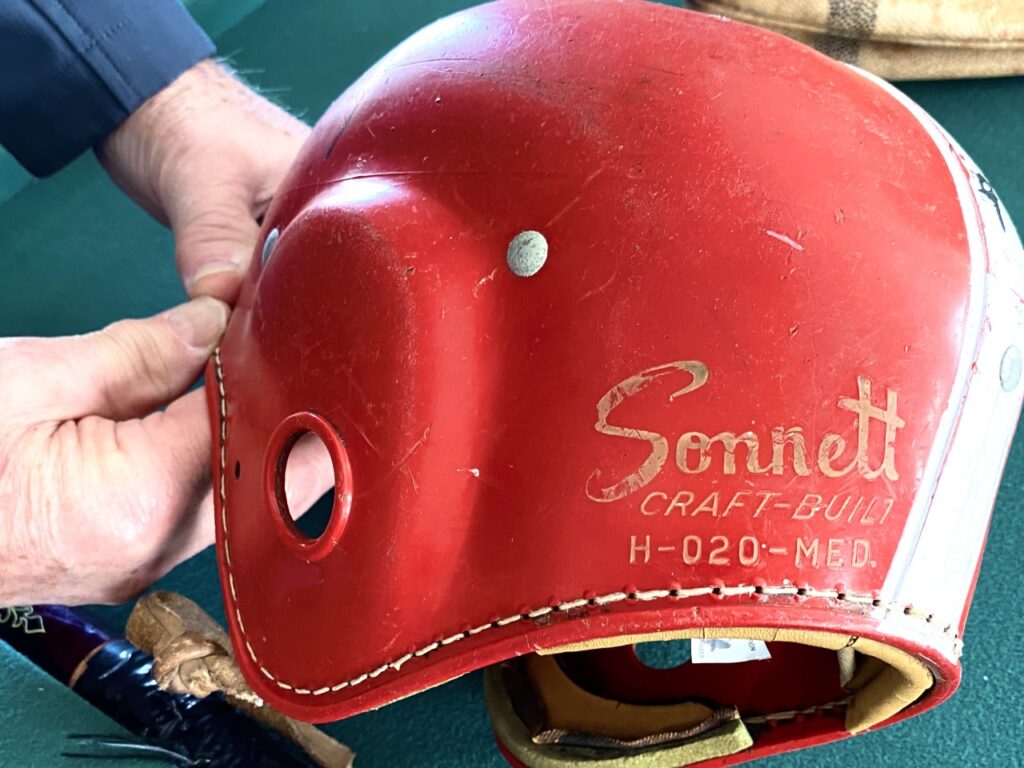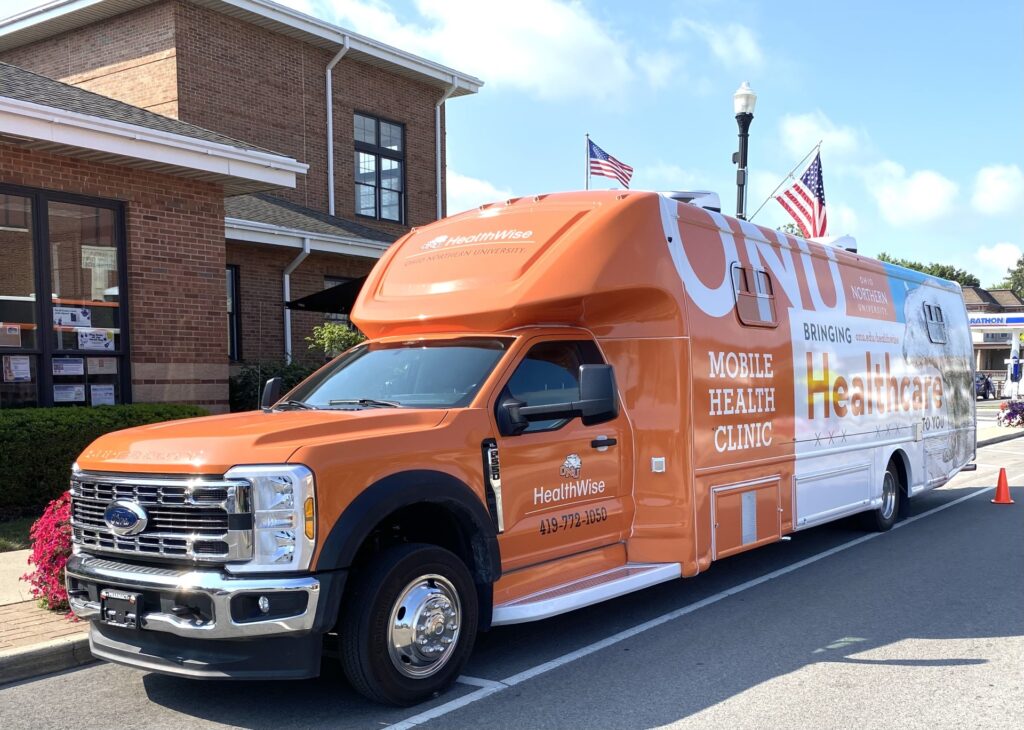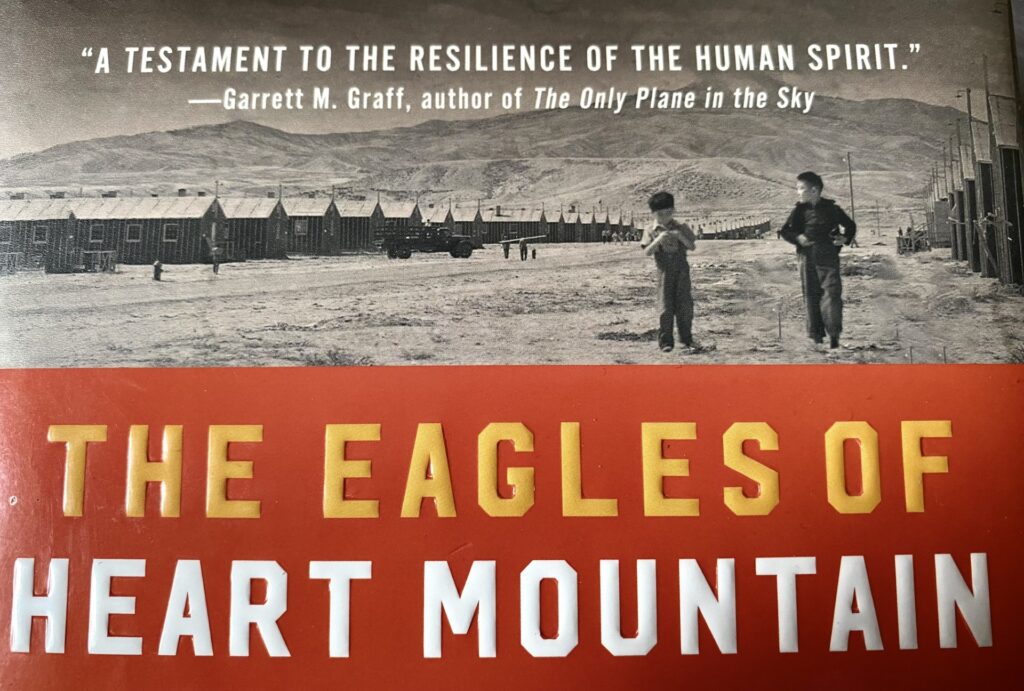
book cover
A couple days ago, two National Guardsman were shot in D.C. by an Afghan national who, previously, had worked with the dangerous, CIA-led so called “Zero-Units” in Afghanistan. This man, as so many of our war veterans, may have had PTSD from the experience, and, again like a few of our war veterans over the years, snapped. However, the D.C. shooting is now cascading into a major, Trump Administration crackdown on a significant number of immigrants here across the board. It’s unconscionable, and the distinct possibility of ‘spiritual’ suicide for those backing this. As (providential coincidence) would have it, I’m currently reading the above book. The first half of the book is a chronological history of what led up to the Japanese Internment during WWII. An internment that was later deemed tremendously unjust. And an internment that led the U.S. Government to formally apologize and pay financial restitution/amends to the Japanese families, etc., impacted. The book notes the steps the government, aided by a good deal of the press, whipped up a lot of sentiment against Japanese Americans. It is a playbook now being used by the government again, with the target being Hispanics, Muslims, and so on. History, as it often does among a majority populace with little, if any, spiritual mooring, is simply repeating itself.


